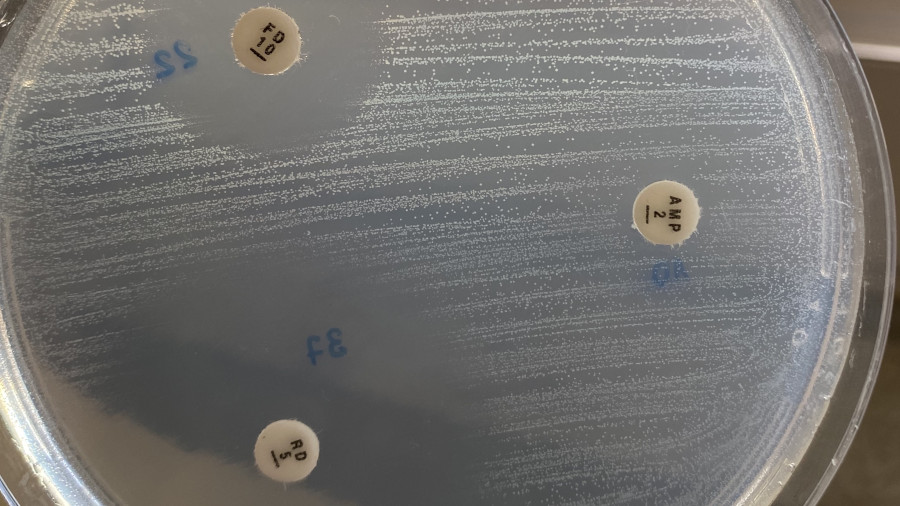Method for quantifying the spread of bacterial resistance to antibiotics developed

A team of researchers develop a computational method to quantify the spread of antibiotic-resistant genes. The research, published in the journal Antibiotics, has been coordinated by Dr Jordi Barbé, from the Universitat Autònoma de Barcelona (UAB), and Dr Ivan Erill, from the University of Maryland, Baltimore County (UMBC), in the United States.
20/02/2023
The discovery of antibiotics is one of the greatest advances in medicine, as it has enabled the effective treatment of infections caused by pathogenic bacteria. However, these compounds have been losing effectiveness due to the spread of genes that confer resistance to antibiotics among bacterial cells. Bacteria present various mechanisms to cope with antibiotic exposure, which they frequently acquire through lateral transfer of resistance genes by means of mobile genetic elements, such as plasmids.
With this in mind, the authors of the study analyzed tens of thousands of bacterial plasmid sequences in order to quantify and discern the processes that lead to the dissemination of these resistance genes, which represent a major public health concern.
Using genome comparison strategies, researchers were able to establish that the degree of dissemination of different resistance genes depends mainly on their mechanism of action. The most frequently disseminated resistance genes encode highly specialized enzymes capable of selectively inactivating antibacterial compounds or selectively protecting the targets of antibiotics without affecting the proper functioning of the bacterial cell. In contrast, more generic mechanisms, such as efflux pumps, which are responsible for expelling all types of harmful compounds, are rarely disseminated.
In addition, the study shows that the diffusion profiles of resistance vary greatly among different antibiotics, and often highlight the genes that confer resistance to the first antibiotics used in hospitals. The study reveals that the genes that confer resistance to frequently used antibiotics, such as penicillin and its various derivatives or tetracyclines, show a high degree of dissemination. However, several other classes of antibiotics show very low dissemination profiles. In most of these latter cases, these are strains that confer resistance to antibiotics of specific and limited use for certain bacterial species, usually restricted to the clinical setting.
The ability to assess and control the spread of antibiotic resistance genes is essential to improve antibiotic use policy and to develop predictive models for the spread of new resistances. In this sense, the method proposed in this study provides the means to efficiently exploit the plasmid sequences available in public databases and to quantitatively assess the dissemination of resistance genes.
Article:
Sánchez-Osuna M, Barbé J, Erill I. Systematic in Silico Assessment of Antimicrobial Resistance Dissemination across the Global Plasmidome. Antibiotics. 2023; 12(2):281. https://doi.org/10.3390/antibiotics12020281
This information is related to the following SDG
Good health and well-being